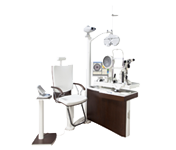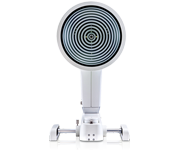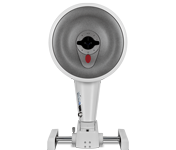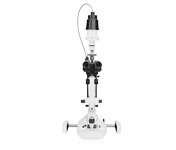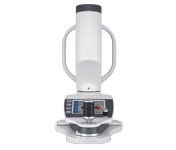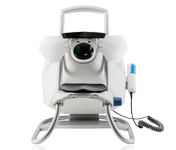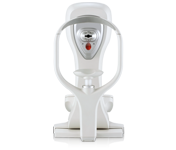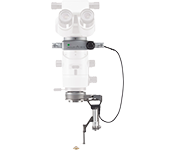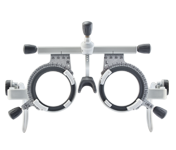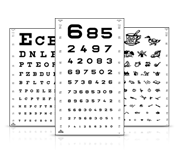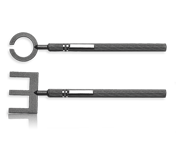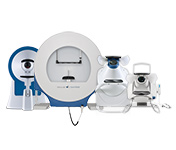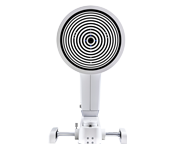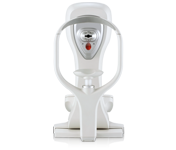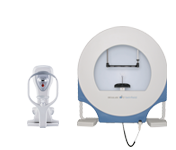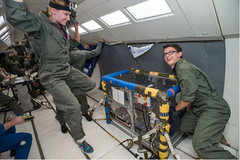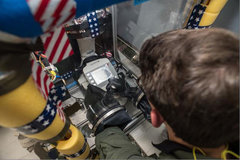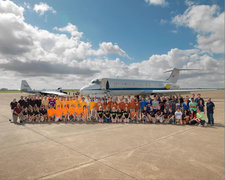24 Jul 2014
OCULUS Corvis® ST in microgravity
NASA made successful use of the Corvis® ST high-speed Scheimpflug camera during two parabolic flights on 5th and 6th June in Houston, Texas, USA. The OCULUS device examined the effect of microgravity on intraocular pressure and the biomechanics of the eyeball. This NASA-funded project constitutes a first step towards exploring reasons for loss of visual acuity in outer space; understanding what causes this loss is crucial to finding a solution to the problem.
For some time now it is a known fact that persons who spend prolonged periods of time in outer space experience a reduction of visual acuity. This is presumably caused by a redistribution of body fluids in microgravity. NASA researchers hypothesize that this might possibly change intraocular pressure and ultimately also the geometry and tension of the eyeball. Should this be the case, the long-term result would be damage to the visual nerve and loss of vision.
The OCULUS Corvis® ST is an ideal tool for analysing changes in the eye. Using an air puff the Corvis® ST induces corneal vibrations. The vibration behaviour of the cornea is recorded and analysed using a high-speed Scheimpflug camera which makes it possible to infer detailed data on intraoculuar pressure and the biomechanics of the eyeball.
For further information on the OCULUS Corvis® ST (not available in the US) go to www.oculus.de/en/products/tonometer/corvis-st
For further information on the OCULUS Corvis® STL (available in the US) go to www.oculus.de/us/products/tonometer/corvis-stl
About OCULUS Optikgeräte GmbH
OCULUS Optikgeräte GmbH is a family-run business located in Wetzlar, Germany. Since 1895, OCULUS has been a partner for eye care professionals around the world. With about 245 employees, OCULUS consistently develops and produces an extensive range of over 150 products at their headquarters in Wetzlar. All of OCULUS's products are manufactured exclusively in Germany, with over 50% of production distributed worldwide.
Back to: Press Information


